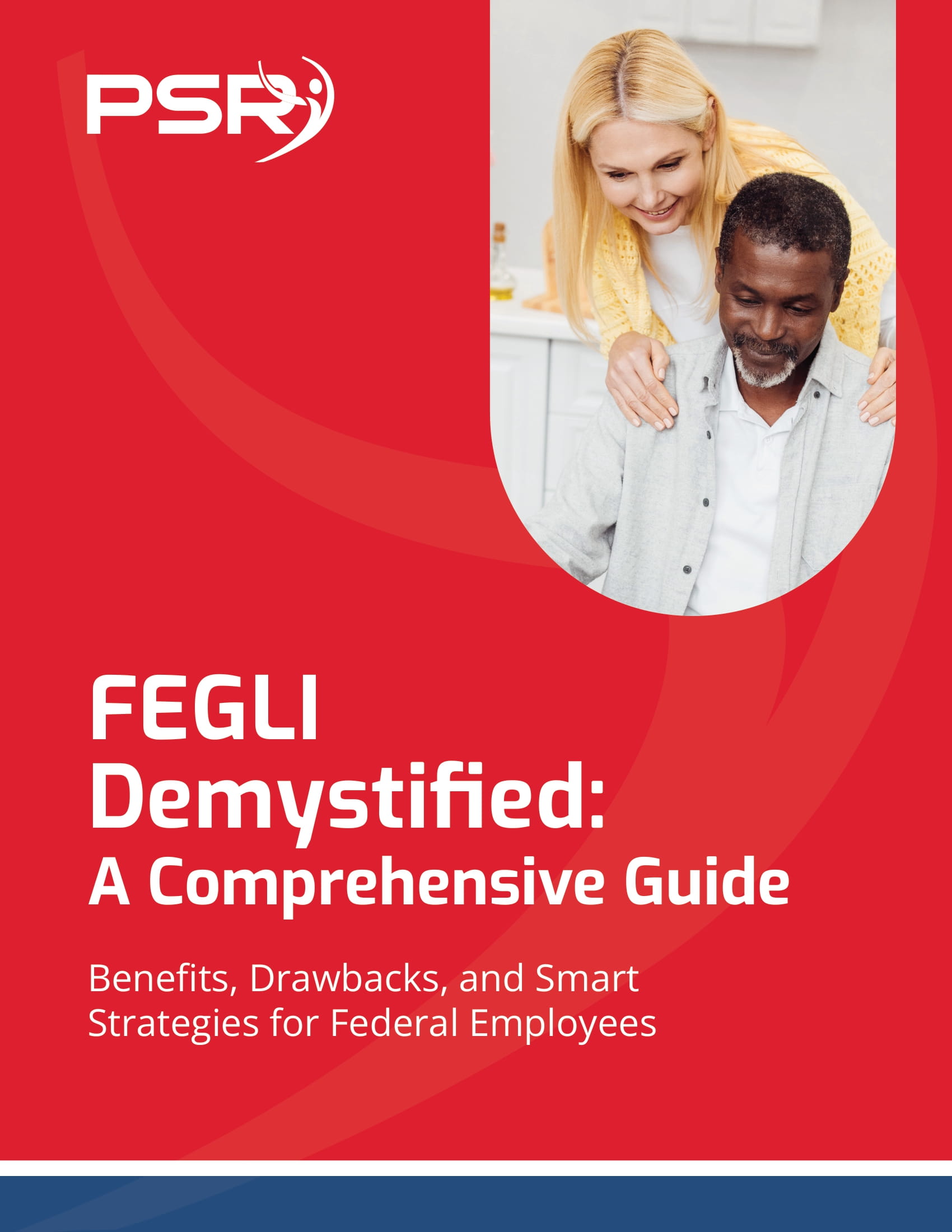Key Takeaways
-
The Federal Employees Health Benefits (FEHB) Program remains a top choice for government retirees in 2025, but rising costs and new enrollment rules may impact your long-term planning.
-
Understanding how Medicare, PSHB, and FEHB intersect is crucial if you’re approaching retirement this year or already retired.
What Makes FEHB So Valuable in 2025?
The FEHB Program continues to be a leading health insurance option for public sector employees and retirees. With a wide range of plan choices, robust government contributions, and continued availability into retirement, it offers security few other systems can match.
- Also Read: Blending Private and Public Sector Retirement Plans Is Complicated—Here’s Where Couples Get It Wrong
- Also Read: The Silent Shift in Postal Service Retirement Benefits That Could Change Everything by 2026
- Also Read: The Side of Civilian Military Employment Benefits Nobody Mentions Until After You Retire
Yet despite these advantages, you need to stay alert. Significant shifts are underway that could affect your costs, coverage, and decision-making this year and beyond.
2025 Premium Increases and What They Mean for You
The average FEHB premium increased by 11.2% for 2025, with enrollees bearing about a 13.5% increase in their share of the cost. This makes budgeting more critical than ever.
If you’re already retired or plan to retire this year, your premium contribution depends on your enrollment type and whether you coordinate with Medicare. For annuitants, monthly premiums now range from roughly $241 for Self Only to over $560 for Self and Family.
While these premiums are still competitive compared to private market options, they may feel steep when combined with other fixed retirement expenses. Reviewing your plan each Open Season is essential—not just to find lower costs but to ensure you’re not paying for benefits you don’t use.
FEHB vs. PSHB: What Postal Retirees Need to Know
As of January 1, 2025, USPS employees and annuitants are no longer enrolled in the traditional FEHB program. Instead, they are covered under the new Postal Service Health Benefits (PSHB) Program.
While similar in structure, PSHB is separate and governed by distinct rules:
-
If you’re a Medicare-eligible annuitant under PSHB, enrollment in Medicare Part B is required unless you qualify for an exemption.
-
Prescription drug coverage is integrated with Medicare Part D under an Employer Group Waiver Plan (EGWP), offering expanded pharmacy access and a $2,000 cap on annual out-of-pocket drug costs.
-
Premiums and cost-sharing amounts may differ from standard FEHB plans. Some plans include Medicare Part B reimbursement incentives, while others waive deductibles.
If you’re not part of the USPS, PSHB doesn’t apply to you. But if you are—or were covered through a USPS family member—these changes could affect your eligibility and future costs.
Enrollment and Eligibility Changes You Should Watch
In 2025, you must remain vigilant about eligibility rules. If you retire and want to continue FEHB coverage, you must:
-
Be enrolled in FEHB on the date of your retirement,
-
Have been continuously enrolled (or covered as a family member) for at least the five years prior to retirement—or since your first opportunity to enroll if less than five years.
Additionally, plan re-enrollment rules are stricter than in the past. If you voluntarily drop FEHB in retirement, you generally can’t re-enroll later. This applies even if your financial situation changes or you experience a major life event.
There’s also no automatic FEHB enrollment once you retire. You must actively elect to continue coverage through your retirement application or risk a permanent loss of access.
Coordination with Medicare in 2025: What Has Changed?
FEHB and Medicare continue to work well together, but in 2025, understanding how the two interact is more important than ever.
When you turn 65, you become eligible for Medicare. If you’re retired and keep your FEHB, Medicare Part A (hospital insurance) is typically premium-free and can work as primary coverage. Part B (medical insurance) comes with a monthly premium—$185 in 2025—but adds outpatient and preventive coverage.
Most FEHB plans become secondary once you enroll in Medicare. This means:
-
Medicare pays first,
-
Your FEHB plan pays remaining eligible expenses,
-
You often pay less out-of-pocket because coinsurance and copays are reduced or eliminated.
Many retirees choose to keep both because FEHB offers coverage Medicare doesn’t, including overseas care and pediatric services for family members. However, it’s increasingly important to analyze whether your current FEHB plan complements Medicare Part B—or if you’re overpaying for duplicate benefits.
Watch Out for Cost-Sharing Shifts
In 2025, more FEHB plans have increased deductibles, copays, and coinsurance rates to balance premium hikes. Here’s what you might encounter:
-
Deductibles now range from $350 to $2,000 depending on plan type.
-
Coinsurance for in-network care sits around 10% to 30%.
-
Copays can run from $20 for primary care visits to over $150 for emergency services.
Choosing a plan isn’t just about monthly premiums anymore—it’s about understanding your total potential annual costs. For retirees with frequent medical visits or ongoing prescriptions, these differences can significantly impact your budget.
Don’t Forget About FEDVIP in Retirement
Dental and vision care are not covered by FEHB. That’s where the Federal Employees Dental and Vision Insurance Program (FEDVIP) comes in.
You remain eligible for FEDVIP after retirement as long as you were enrolled before retiring. But it’s not automatic—just like FEHB, you must elect to continue coverage.
In 2025, FEDVIP premiums have risen moderately, but the coverage still holds strong value. Cleanings, crowns, lenses, and exams can be costly without insurance, and original Medicare does not cover these services. FEDVIP ensures you have access to affordable care even when your needs increase with age.
Open Season Strategy: Why 2025 May Be the Most Important Yet
The annual Open Season occurs from November to December. For 2025, this period is more critical than ever:
-
Premiums are higher.
-
Cost-sharing has shifted.
-
Plan availability and benefits have changed.
During Open Season, you can:
-
Switch between FEHB plans,
-
Add or drop dependents,
-
Enroll or re-enroll in FEDVIP,
-
Adjust coverage types (Self Only, Self Plus One, or Self and Family).
Skipping your review this year could cost you thousands in unused benefits or unnecessary premiums. Take the time to evaluate your medical usage, compare plans, and make decisions based on your 2025 and 2026 outlook.
Your Retirement Healthcare Choices Have Lasting Effects
Whether you’re five months from retirement or five years in, your healthcare choices under FEHB will shape your long-term well-being. The decisions you make now—plan selection, Medicare coordination, and continued enrollment—can protect you from financial strain in your 70s and beyond.
Keep a written plan, track your expenses, and consult your plan’s brochure every year. And if you’re unsure where to begin, speak to a licensed professional listed on this website who can guide you based on your personal needs.












